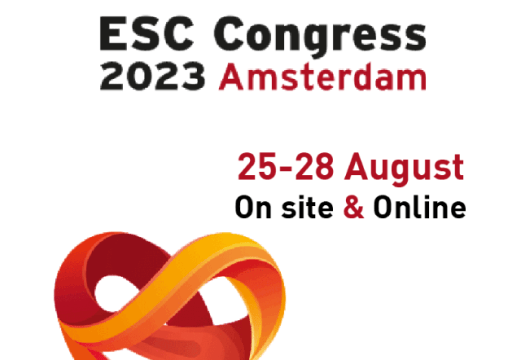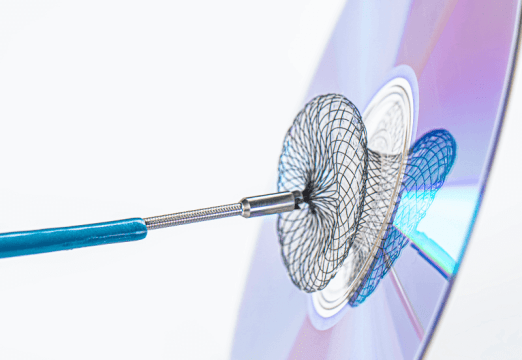Short Dual antiplatelet therapy (DAPT), one to three months, followed by P2Y12 inhibitor monotherapy has been shown to reduce bleeding events without increased cardiovascular events vs. standard DAPT, according to guidelines. However, the rate of major bleeding within the first month after procedure remains significant when using these strategies.

The use of aspirin-free therapies (ASA) after PCI with new generation stents, be it prasugrel or ticagrelor, did not result in increased stent thrombosis (ST) in a select group of patients at low risk, both with and without acute coronary syndrome (ACS).
In this context, the STOPDAPT-3 looked into the safety and efficacy of an aspirin-free strategy using prasugrel monotherapy vs. one month DAPT with ASA + prasugrel, in patients with ACS or high risk of bleeding undergoing PCI with everolimus eluting stents.
The study included a total 6002 patients with ACS or high bleeding risk from 32 centers in Japan. Before stenting, patients were randomized 1:1 to receiving prasugrel monotherapy (3.75 mg/day) or DAPT with ASA and prasugrel. Both groups received 20 mg loading dose of prasugrel.
Read also: ESC 2023 | BUDAPEST CRT Upgrade trial.
Primary end points were major bleeding according to BARC (type 3 or 5) at one month (aiming at superiority) and cardiovascular events (cardiovascular death, MI, stent thrombosis or stroke) at one month (aiming at non-inferiority).
5966 patients were looked at (2984 ASA-free and 2982 DAPT). Patient mean age was 71.6, and 23.4% were women. At one month, the ASA-free strategy was not superior in terms of bleeding (4.47% vs 4.71%, RR 0.95, CI del 95% 1.75-1.20; p for superiority=0.66). However, when looking at cardiovascular outcomes, ASA-free achieved non-inferiority vs DAPT (4.12% vs 3.69%; RR 1.12, CI 95% 0.87-1.45; p for non-inferiority=0.01).
There were no differences in all-cause mortality and effects were similar for the secondary outcomes. Also, there were no differences in stent thrombosis between the groups. We should mention that the subgroup of ACS patients presented higher risk of events, especially the ASA-free group.

Dr. Omar Tupayachi.
Member of the Editorial Board of SOLACI.org.
Source: Presented by Hot Line Sessions, Agosto 26, ESC Congreess 2023, Amsterdam.
Subscribe to our weekly newsletter
Get the latest scientific articles on interventional cardiology





